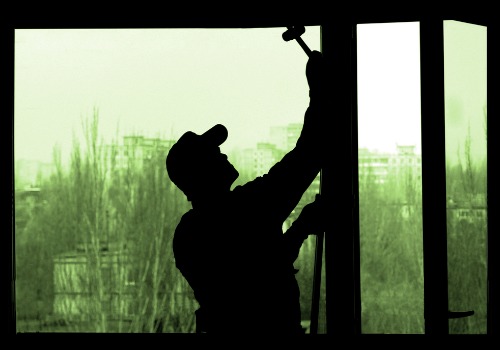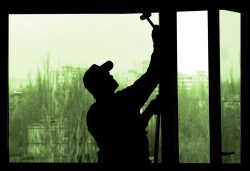Send your question to Umbra!
Q. Dear Umbra,
I replaced all my old single-pane windows with new windows. My utility told me to do it, and I should trust them. Right? But I had to take out a second mortgage to pay for my new windows and now I fear I can’t afford to send my child to college. Should I have retrofit them instead?
Brad
Seattle, Wash.
A. Dearest Brad,
There you are, wandering deep in the wilds of Buyer’s Remorse — which, if I’m remembering right, is somewhere on the map just beyond Voter’s Revenge — and you managed to take a break from your lamentations to send me this message. I am touched.
You have done the right thing in being thoughtful about your home energy use. Residential buildings are responsible for 22 percent of energy use in this country, and much of that juice is wasted. In fact, up to 30 percent of the energy used to heat and cool our homes floats right out through our windows and doors. With the average homeowner paying $2,200 a year in energy bills, and heating and cooling accounting for nearly half of that, such a loss is nothing to sneeze at. Actually it’s about $300 a year to sneeze at, by my rough calculations. So we should do everything we can to make our windows tight.
You chose to replace yours, as many Americans do. So what if I tell you retrofitting was the better option? Will you tear out the new windows and return them to the gleaming-teethed salesman who convinced you to buy them? Please catch the next train out of Buyer’s Remorse, enjoy your snug home as winter closes in, and try not to beat yourself up too much.
But for others who are facing this decision — and there are an estimated 50 million homes in the U.S. with single-pane windows, so I know you’re out there — I have important information: A new study [PDF] from the folks at the Preservation Green Lab, a program of the National Trust for Historic Preservation, found that retrofitting windows can save nearly as much energy as replacing them, and costs much, much, muuuuuuch less.
The study, which compares various window scenarios across various climates (Boston, Atlanta, Chicago, Phoenix, and Portland), confirms what those in the world of preservation have been politely suggesting for some time now: old panes beat new panes. You can find out more in this helpful overview from the California Office of Historic Preservation.
So what is this “retrofitting” of which we speak? Well, it can be a fancy task undertaken by trained professionals or ambitious DIY-ers, involving things like insulating counterweight pockets or installing new suspension systems. Or — and here is the good news — it can be an unfancy task undertaken by people like you and me, involving things like installing storm windows, hanging cellular shades [PDF], and adding weather-stripping. The new study has some helpful pros and cons for each of these options, and emphasizes that other energy-saving steps around the home are also important.
As regular readers of my column know, I too am an advocate of low-cost, big-payoff updates like insulating the attic and installing a programmable thermostat. This is where our utilities can be very nice, as they often offer rebates on efficiency upgrades — here’s a handy guide to rebate programs [PDF] for windows and other projects. Those of you considering future fenestrative activity might also check out this Consumer Reports overview of the issues at play (though you need to subscribe to get detailed ratings on various products).
Brad, I don’t think you should feel duped, though you could encourage your utility to add retrofitting to its arsenal of advice. Your home is more efficient now, which was the goal. And if your child doesn’t make it to college, at least you can rest easy knowing he or she will be warm at night.
Muntinly,
Umbra




